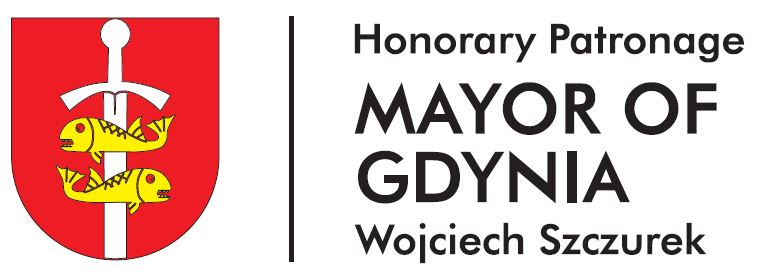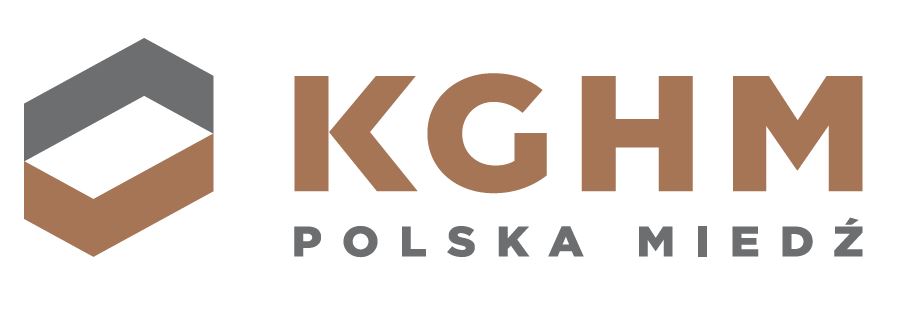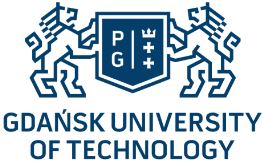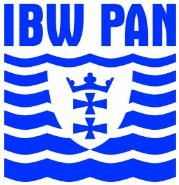Field Trips
Participants can choose one of two options of the field trip. The choice has to be made during registration. In case of a small number of interested participants, the organizers reserve the right to cancel one or both trips.
1. "SWIM to Hel"
This trip offers a great opportunity to discover various coastal landscapes and associated hydrogeological settings in the vicinity of Gdańsk. Participants will go on board of a ship to the Hel peninsula, a long, narrow sandbar or spit, which separates the Bay of Puck from the main Baltic Sea.
.jpg)
The peninsula was formed by deposition of sand sediment transported by the sea current along the coast. In its narrowest part the spit is only about 100 m wide and may be overflowed with water during heavy storms. Fresh groundwater on Hel is present in form of a lens recharged by precipitation. The town of Hel, located at the very end of the peninsula is renowned for the efforts to protect Baltic seals and local dune ecosystems.
Starting from the Hel town the participants will go by bus along the peninsula, with its dunes covered by pine forests, numerous tourists resorts and WWII fortifications. Back on the mainland, we will see a very different type of coast - the cliffs of Jastrzębia Góra and Rozewie, towering up to 40 meters above the sea level. Protection of the slopes from coastal erosion and landslide processes remains a constant challenge for scientists and engineers. Groundwater, present in sandy layers sandwiched between lacustrine clays and moraine tills of the cliffs, plays a significant role in the struggle between humans and the sea.

2. Castle & Delta
This trip will bring the participants to the region of Vistula Delta, which forms a unique environment at the mouths of the largest Polish river. Its flat landscape cut by a multitude of canals and ditches resembles the Netherlands, and indeed Dutch settlers influenced the development of the region, notably in 16th and 17th centuries. Hydrogeology of the Delta is quite complex, with groundwater table in fresh alluvial sediments controlled by dewatering systems - large part of the area is below the sea level. The shallow Quarternary aquifers are underlain by deeper ones, located in Tertiary and Cretaceous sediments. The origins of increased groundwater salinity in this region were a subject of scientific debate since the early 20th century, as various researchers attributed them to the ascension of saline water from deep aquifers, presence of connate marine water in deltaic sediments or recent seawater intrusions.

The cultural highlight of the trip will be a visit to the Castle of Malbork (German Marienburg), probably the largest gothic castle and the largest building complex in the world constructed of bricks, covering area of about 21 hectares, with the total cubic space inside all buildings surpassing a quarter of a million of cubic meters. The castle used to be the seat of the Grand Master of German (Teutonic) Order Knights, a military order which ruled a large part of the southern Baltic coast in late Middle Ages. Now it is one of the UNESCO World Heritage Sites.

Honorary patronage Honorary patronage
and financial support


Rector of the Gdańsk University of Technology
prof. dr hab. inż. Jacek Namieśnik
Rector of Nicolaus Copernicus University in Toruń
prof. dr hab. Andrzej Tretyn
Dean of the Faculty of Civil and Environmental Engineering
of the Gdańsk University of Technology
prof. dr hab. inż. Krzysztof WIlde
Strategic sponsor

Organized by







.jpg)


.jpg)
.jpg)
.jpg)









